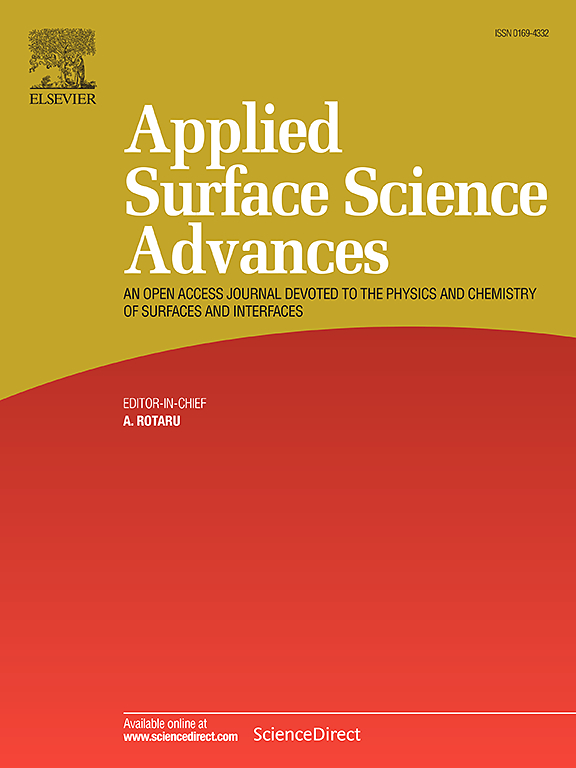Nitrogen-doped mesoporous nickel cobaltite for oxygen evolution and urea oxidation reactions
IF 8.7
Q1 CHEMISTRY, PHYSICAL
引用次数: 0
Abstract
Doping nitrogen atoms into spinel metal oxides enhances the electrical conductivity and boosts the catalytic active sites, which are favorable properties for catalytic applications such as oxygen evolution reaction (OER) and urea oxidation reaction (UOR). However, nitrogen doping approach suffers from lack of exposed surface sites, complicated process, and required expensive gas source, limiting their efficiency and implementation. In this study, a two-step process, combining self-assembly strategy, followed by hydrazine vapor treatment was employed to synthesize a nitrogen-doped mesoporous spinel nickel cobalt oxide catalyst (N@m-NiCo2O4) active for both OER and UOR. Structural modulation via self-assembly produced a mesoporous architecture with an enlarged surface area, which facilitated hydrazine vapor diffusion, enabling effective nitrogen doping, the formation of abundant oxygen vacancies, and enhanced electrical conductivity. As a result, the N@m-NiCo2O4 catalyst exhibited excellent OER activity, with an onset potential of 1.49 V and a Tafel slope of 44 mV dec‑1, as well as outstanding UOR performance, delivering a low overpotential of 330 mV at a high current density of 500 mA cm-2. These findings highlight the importance of integrating a porous structural design with improved electrical conductivity to achieve superior catalytic efficiency. This effective strategy may also be extended to other spinel metal oxides for diverse electrochemical energy applications.
氮掺杂介孔钴酸镍的析氧和尿素氧化反应
在尖晶石金属氧化物中掺入氮原子可以提高其导电性,增加其催化活性位点,有利于其在析氧反应(OER)和尿素氧化反应(UOR)等催化领域的应用。然而,氮掺杂方法缺乏暴露的表面位置,工艺复杂,需要昂贵的气源,限制了其效率和实施。本研究采用两步工艺,结合自组装策略和肼蒸汽处理,合成了一种氮掺杂介孔尖晶石镍钴氧化物催化剂(N@m-NiCo2O4),对OER和UOR都有活性。通过自组装的结构调制产生了具有更大表面积的介孔结构,这促进了肼蒸气的扩散,实现了有效的氮掺杂,形成了丰富的氧空位,并增强了导电性。结果表明,N@m-NiCo2O4催化剂具有优异的OER活性,起始电位为1.49 V, Tafel斜率为44 mV / dec - 1,并且具有优异的UOR性能,在500 mA cm-2的高电流密度下具有330 mV的过电位。这些发现强调了将多孔结构设计与提高导电性相结合以实现卓越催化效率的重要性。这种有效的策略也可以推广到其他尖晶石金属氧化物的各种电化学能源应用。
本文章由计算机程序翻译,如有差异,请以英文原文为准。
求助全文
约1分钟内获得全文
求助全文

 求助内容:
求助内容: 应助结果提醒方式:
应助结果提醒方式:


